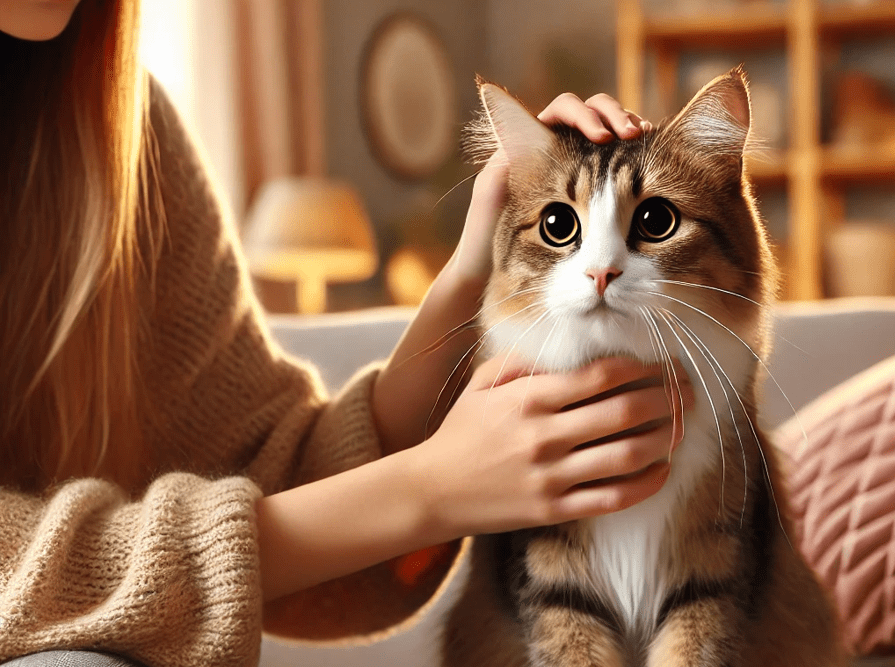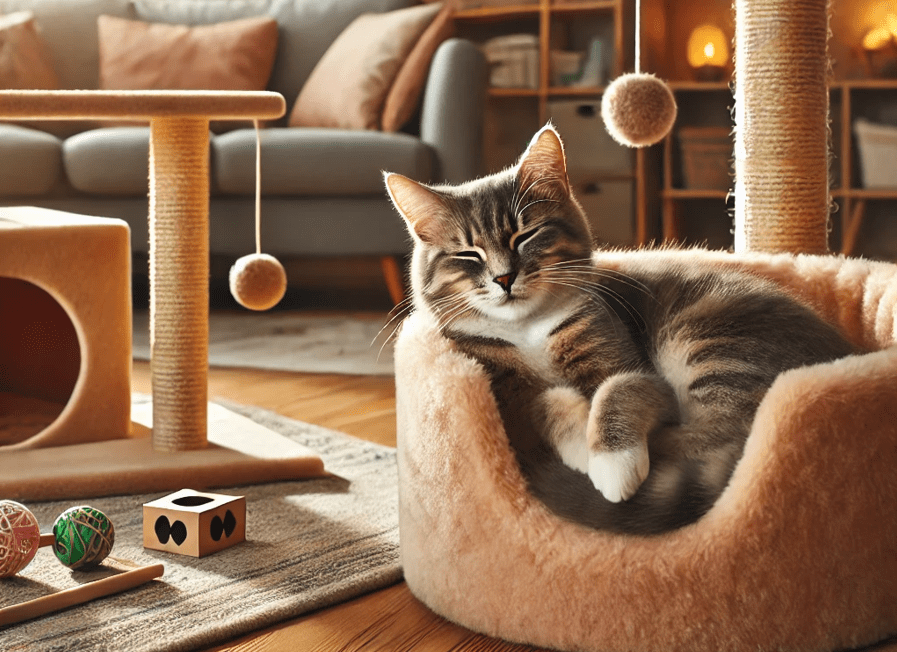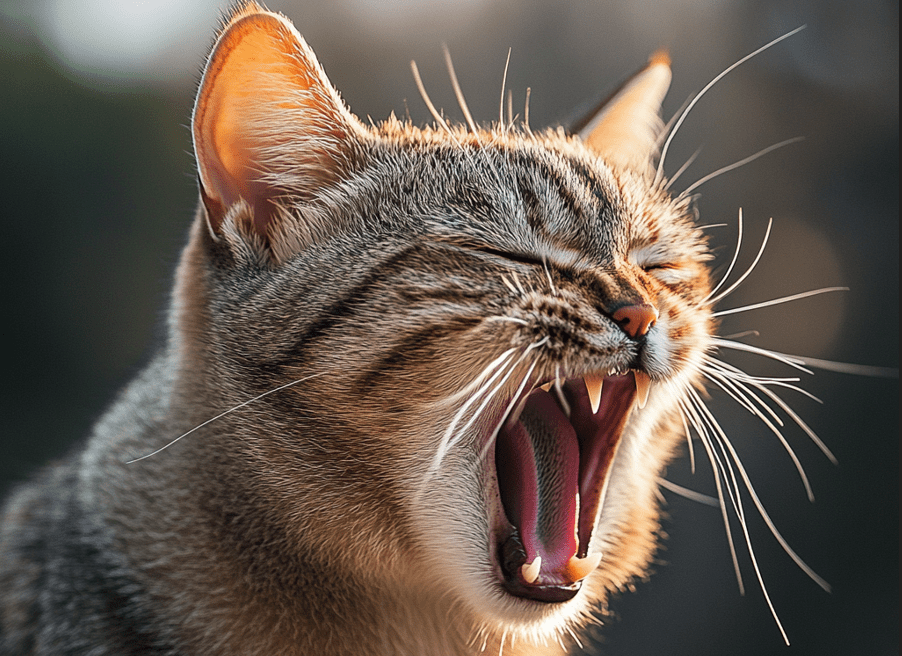
If you’ve wondered why do cats hiss, you’re not alone—this inborn behavior is one of many means by which cats express their feelings and defend themselves. Interpreting a cat’s body language can be tricky, since their signals are often subtle and open to misinterpretation. But one signal is unmistakable: the hiss. Cats hiss as a warning to other humans, animals or things to stay away. It’s defensive behavior — like growling, yowling or spitting. Hissing, on the other hand, is an involuntary response to fear, surprise, sudden pain, or discomfort, meaning it’s also not a typical vocalization.
If your cat hisses at you, it doesn’t mean that they hate you. If anything, it usually means that they feel frightened, stressed, anxious or conflicted. Be sure to pay very close attention to their body language when this occurs. They might need some time to cool off, or they might need a trip to the vet to rule out an illness.
Below we discuss why this behavior is so startling and what it means.
5 Reasons Why Cats Hiss

When a cat hisses, its mouth opens in a snarl, displaying sharp teeth. This defensive stance is a warning. It could be an attack if left unaddressed. Hissing is usually the response, to a fearful, stressful, painful, or other highly charged emotion. Recognizing what causes your cat to react such way will allow you to respond accordingly and help your cat feel safe.
1.Your Cat is Overstimulated
One of the common causes that a cat may hiss against his owner is overstimulation. This feeling of overstimulation can cause your feline friend to hiss and swat and even nip. Each cat has its own irritability threshold, and just a couple of minutes of petting or a crazy play session might be all it takes to reach that limit, where there’s a hiss.
Long strokes along a cat’s back are another frequent cause of overstimulation, he said. They love the first few strokes, but once you start overdoing it, they get fed up and go for a hissing signal. Other common triggers are sensitive areas like the belly, paws, legs, and tail.
Take hissing seriously and do not get close. A hiss always signifies some level of stress, fear or conflict, unlike playful behaviors.
2.Your Cat is Afraid
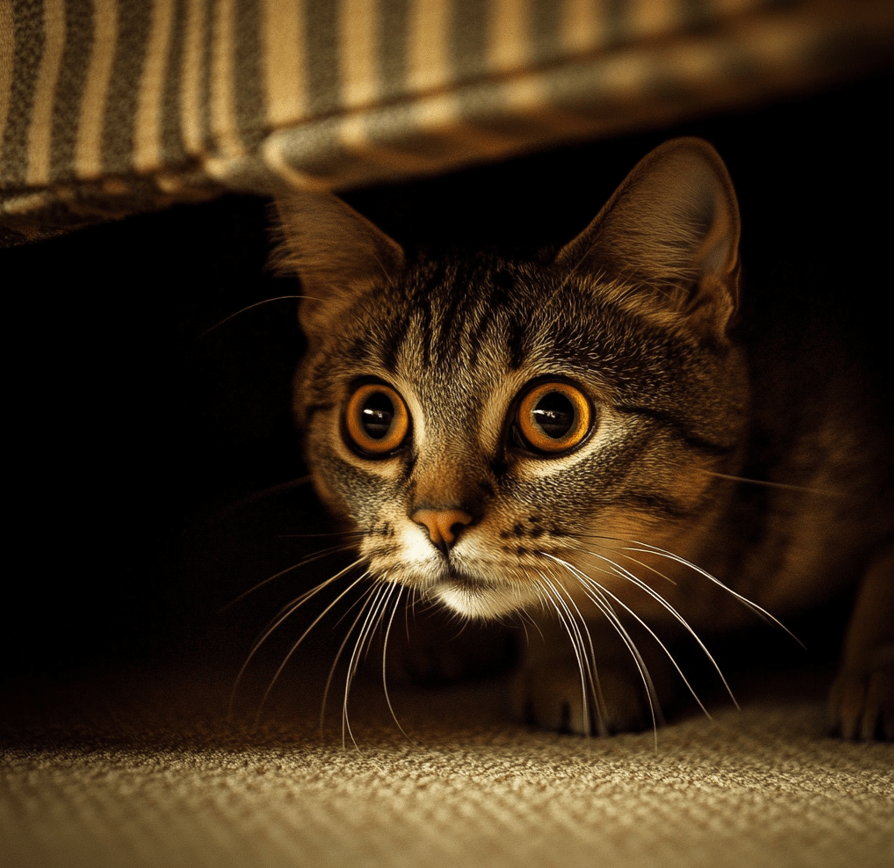
Cats can be threatened by unfamiliar things in their environment. Put simply, the fear response can be directed toward new people, other animals, or even objects. When scared, a cat may show the following physical symptoms: pupils dilated, ears back/flat, “hackles up” (the scratching up of the fur as if they were being stroked), twitching agitation of the skin, arched back, hunch posture.
3.Your Cat is Startled
Hissing is sometimes an involuntary reflex — like a human yapping when startled. What some cats might be doing is “startle hiss,” an instinctual reaction to being startled. But they usually settle down pretty fast afterward.
4.Your Cat is Stressed
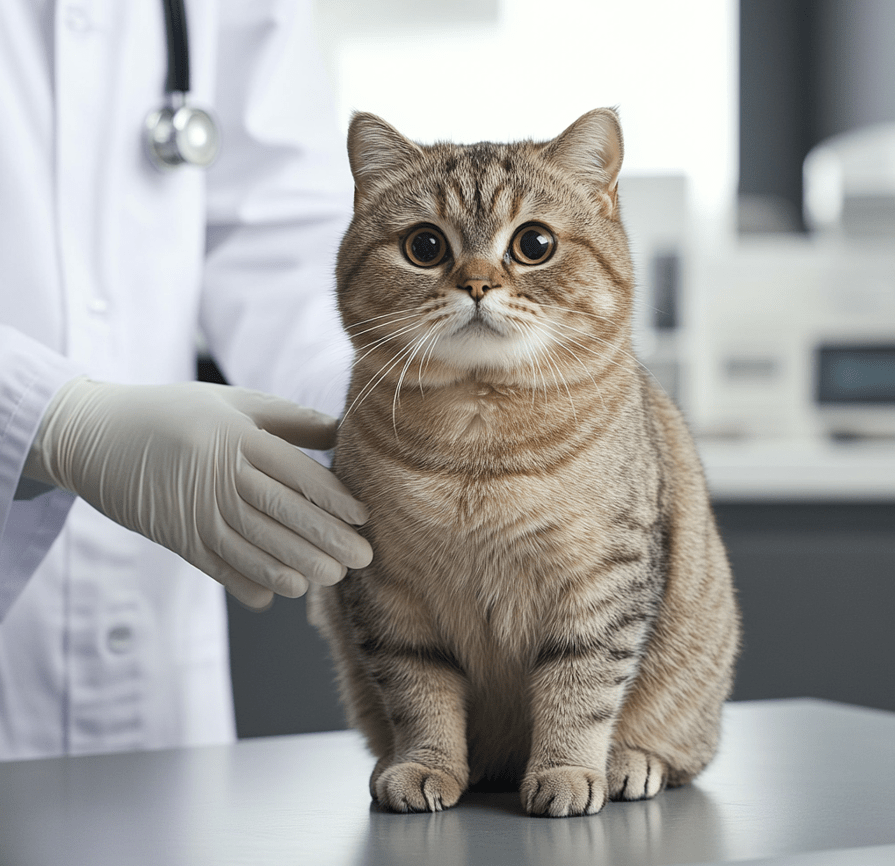
Cats love a routine and familiar environment. An environmental change, like a move to a new home or a new family member, can stress them. Cats will often resort to defensive postures like hissing when the vet attempts to examine them, a behavior that is undertaken when the animal feels stressed or vulnerable.
5.Your Cat is in Pain
If your cat who craves your attention hisses or growls if touched, or consistently reacts badly to touch in one spot, it may be a sign of pain. Other indicators of pain in cats are:
1.Hiding
2.Reduced activity levels
3.Hesitancy to jump or limping are signs of changing mobility
4.Loss of appetite
5.Rapid breathing
7.Squinted eyes
It is difficult to tell whether an animal is experiencing pain or fear just by watching its body language. If you observe any changes in behavior, schedule a visit to the vet as soon as possible because preventative care is the key.
What does cat hissing sound like?
Cat hissing is not the sound of vocal cords. Instead, they open their mouths and then push air out violently to make this sound. This specific vocalization is actually voiceless, involuntary, and occurs in response to a sudden perceived threat. Researchers say the hiss is a long, low-intensity sound that cuts off suddenly, unlike the continuous hiss of a snake.
What Are the Different Types of Cat Hisses?
While cats hiss for a variety of reasons, there is really only one type of cat hiss. But if the provoking situation persists, this sound can intensify conflicts. Cats can make spitting sounds as well, which are an amplified hiss without the release of saliva. This is considered to be a sound that most animals recognize as a clear alert signal. Unlike a regular hiss, spit is voiceless, involuntary, and usually happens at the same time as or shortly after a hiss.
Hissing vs. Growling
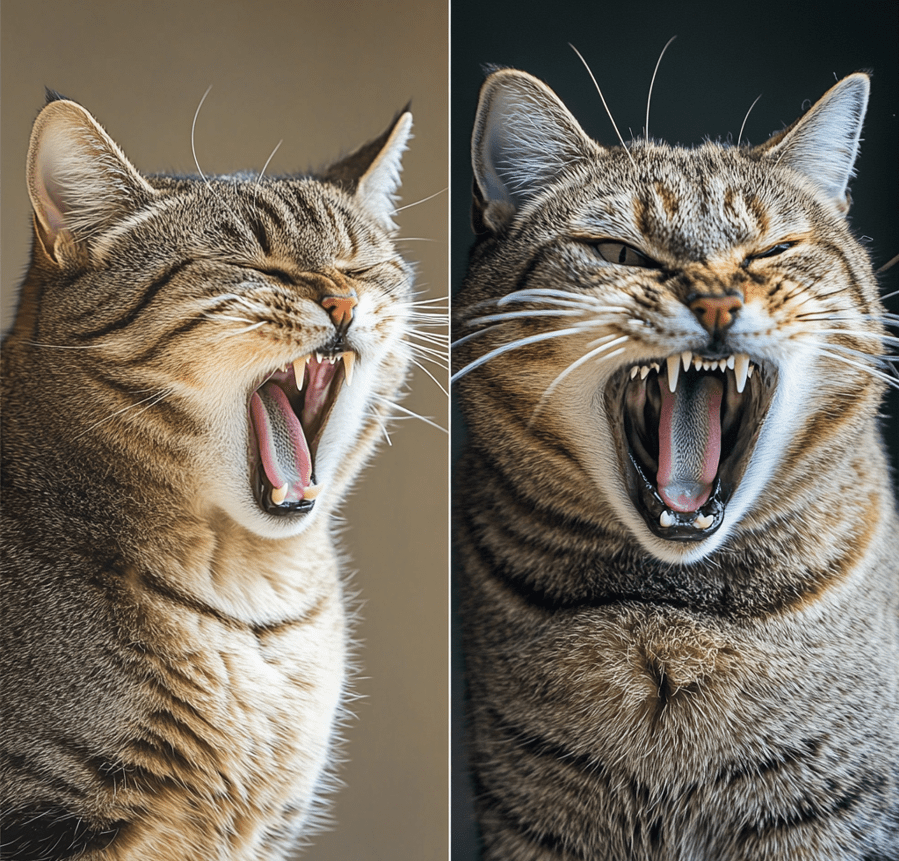
Hissing and growling are both warning signals, but they are slightly different in their use. It usually begins with a hiss, followed by a growl if the threat continues. Growling is seen as more serious, reserved for greater danger or for intimidating an aggressor. Whereas hissing is made with a wide-open mouth, growling is made with the mouth shut or only slightly opens. A deep growly sound that suggests a degree of aggressiveness.
Why Do Cats Hiss at One Another?
From two weeks of age, in the kitten stage, cats start hissing. This is also a crucial time for socialization with humans. Kittens that have not been properly socialized by five to six weeks of age are prone to hiss. Kittens with limited socialization become increasingly more difficult to socialize as they get older.
Hissing is a more complicated problem and can often be associated with threats, stress, dominance, and social structure. Outdoor cats, who live in colonies, might hiss to assert dominance, reminding other cats or kittens about where they stand in the social hierarchy. This practice maintains etiquette and discourages physical fighting.
Why Is My Cat Hissing at Other Pets?
A cat may hiss at your dog or other pets if they feel threatened or at the way that the dog looks to them or smells. Desensitization and counterconditioning techniques can help in these scenarios. Desensitization means gradually closing the gap between the cat and a pet during interactions, but counterconditioning means connecting the other pet (the stressor) with something good, like food. Eventually, it lowers the cat’s stress response.
Sometimes a dog’s actions will frighten the cat even when he is not trying to. In such cases, it can be helpful to reach out to a certified dog trainer and invest time in introducing the dog to other pets.
Hissing between cats is common in a multi-cat household. If this does happen, redirect them with a toy or calmly separate them. Don’t punish them; this can raise stress. But if hissing and conflicts happen often, it’s a good idea to consult a professional feline behaviorist.
Which Cat Breeds Make the Most Noise?
Certain breeds of cats are also more vocal, including Siamese, Burmese, Tonkinese and Japanese Bobtails. Siamese cats, especially, tend to be the most vocal. But being vocal doesn’t mean a cat will hiss more often.
Cats are predators, but they are also prey animals, and their confidence can be high or low. Less confident cats, who feel more like the prey, may hiss more often. Other factors such as socialization and environment are also major contributors to a cat’s sense of safety and confidence.
Also, there’s a prevalent myth that female cats hiss less than males, but that’s not right. Hissing is not gender specific — both male and female cats hiss.
What Should I Do if My Cat Hisses?
If your cat hisses, don’t hiss back. This could make them more frightened or stressed and the situation worse. Rather, leave your cat alone during an episode and let them de-escalate. Talk to them in a gentle, calming voice but don’t pet or scoop them up right away.
After a while, check on your cat to see if they’ve calmed down. If the hissing continues or is accompanied by other behavioral changes, such as sensitivity to touch, take your cat to a veterinarian to rule out any underlying health problems.
Some cats just require the time to create trust. In those instances, prioritize building your relationship with positive reinforcement and a low-stress environment. If your cat seems shy and fearful, give them time, patience, and understanding to feel more secure.
How to Keep Your Cat Calm
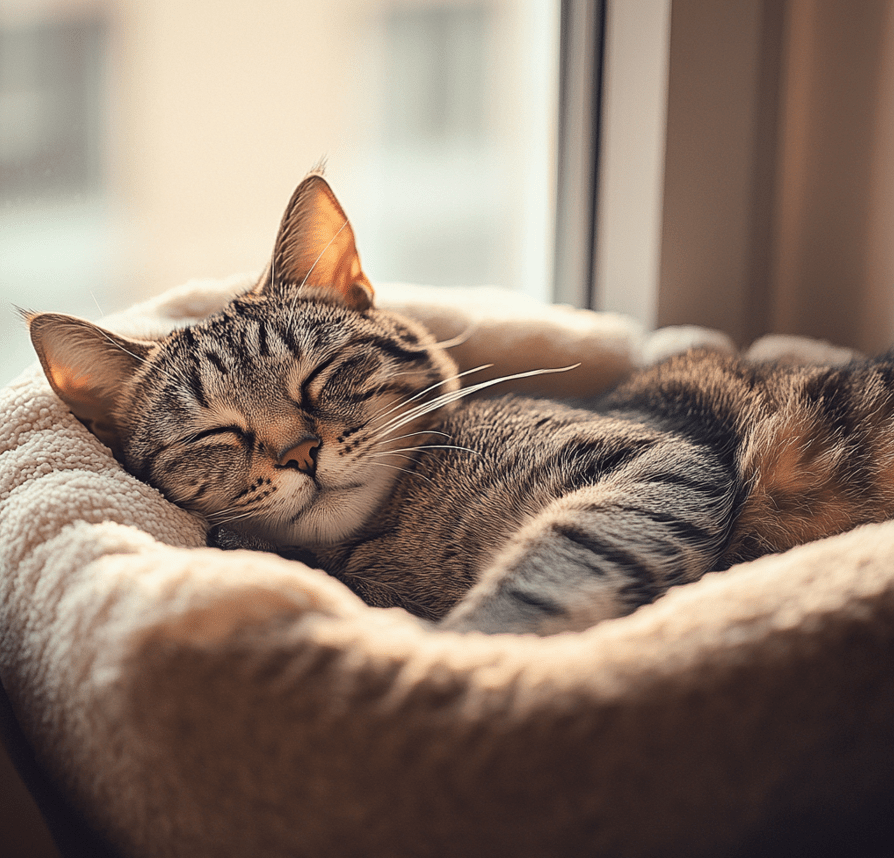
Hissing does not indicate dislike, it is a response to fear, stress, or anxiety. These feelings tend to be fleeting and linked to particular circumstances. The good news is that there are numerous positive methods you can use to reduce your cat’s anxiety and boost their confidence.
Offer the Necessary Supplies: For your cat to feel comfortable and nurtured, it is wise to ensure that you acquire everything it needs for its daily life with you. For this, you must have enough litter boxes, fresh water and nutritious and balanced meals.
Add an Enriching Environment: Climbing and scratching are natural for cats. Provide scratching posts, kitty trees, shelving and window perches in their favorite rooms to satisfy these instincts.
Promote Play and Activity: Being natural hunters, cats enjoy activities that resemble hunting. Devote at least 15 minutes a day to engage your cat with interactive play. Provide puzzle toys, interactive games, or solo toys between sessions to keep them engaged.
Provide Privacy: Cats love having a safe, quiet place to escape to. Offer them cozy spots such as cat tents, cubbies, cardboard boxes or soft beds where they can settle down without being disturbed.
Build your bond: Not every cat likes to cuddle or even be held. Instead, spend quality time with your cat with quiet companionship, gentle grooming or just being nearby. Even these little actions can lead to an impactful outcome.
Use Calming Pheromones: These are synthetic pheromones that help create a sense of security and peace. These mimic the natural scents that cats use to communicate safety and comfort.
Ensure Regular Visits to the Vet: Regular veterinary care is crucial to your cat’s health. It is vital to select a gentle vet who knows how to deal with cats and this will help you when visiting the vet. Seek certifications such as Fear Free Handling or Feline-Friendly Veterinarian that signify specialized training.
And finally, keep an eye on your cat’s body language. By observing subtle signs, you can learn how to give them a sense of security from human communication.



